As a frequent traveller, you know how important it is to pack light and efficiently to avoid extra fees and hassle at the airport. However, one of the most challenging aspects of travel can be navigating the ever-changing carry-on luggage weight limits set by airlines.
With airlines implementing stricter weight restrictions, it’s more crucial than ever to be aware of the limits and pack accordingly. This blog post will provide you with essential information about carry on luggage weight limits to help you avoid additional fees and ensure smooth travel experiences.
We will cover the different weight restrictions set by popular airlines. And provide tips on how to pack smartly to comply with these limits. Additionally, we will discuss the consequences of exceeding weight limits and how to avoid them. We understand that carry-on luggage weight limits can be confusing, so we aim to provide valuable insights. And practical advice to make the packing process more manageable for you.
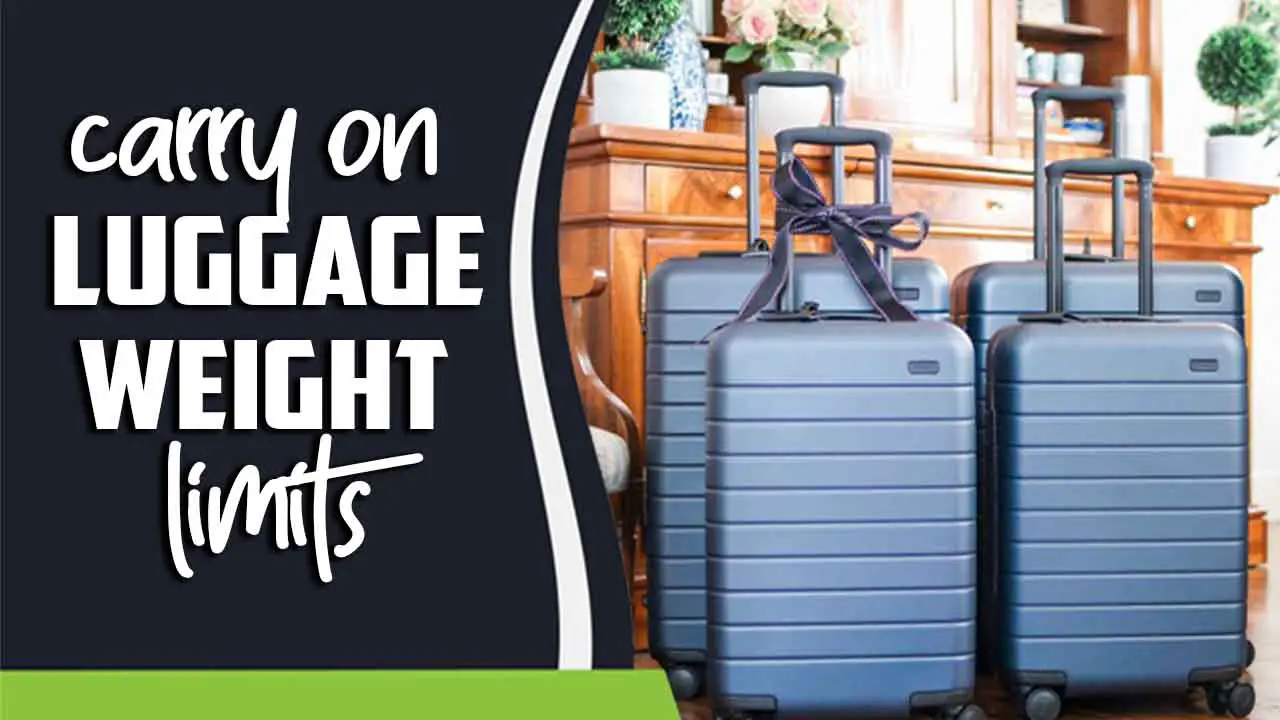
Carry On Luggage Weight Limits For Airline Baggage In 2023
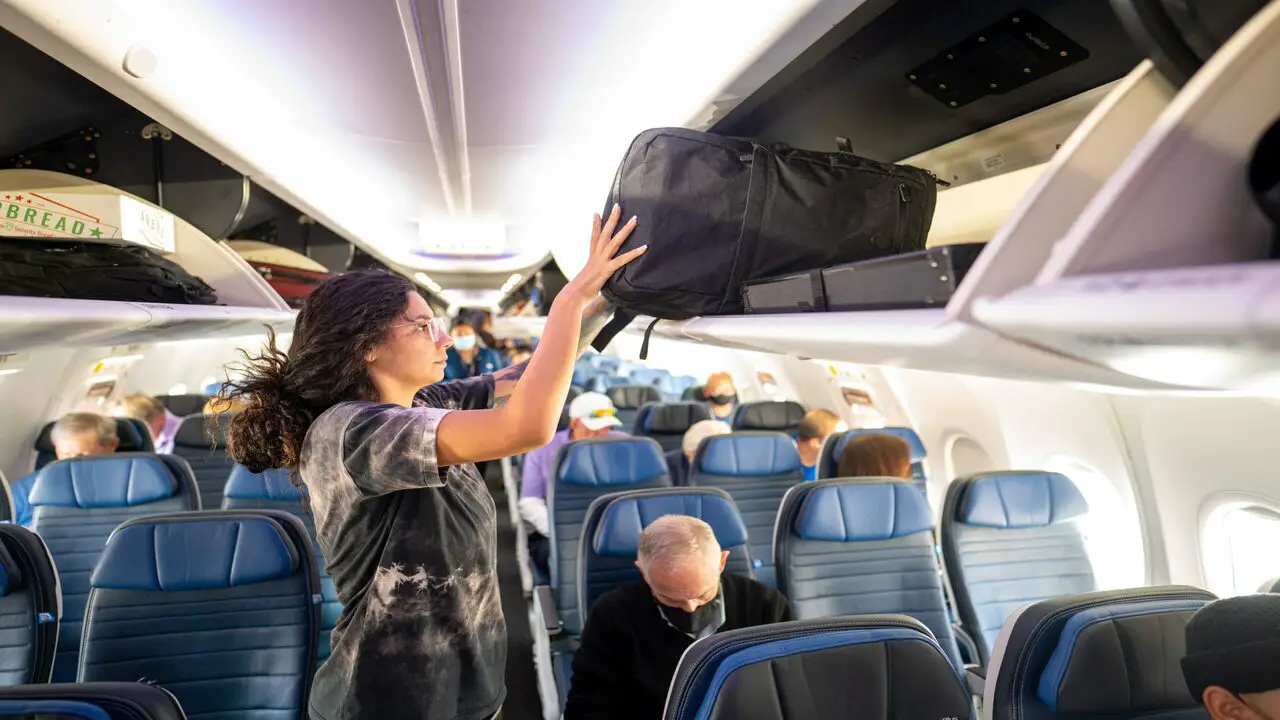
Carry on luggage weight limits are an important consideration for any traveler. Airlines have strict regulations on the weight of carry-on bags. Exceeding those limits can force you to check the bag and may incur additional fees.
It’s important to check the weight limits for each airline you’ll be flying with, as they vary. Some airlines may have a limit of 7kg (about 15 pounds), while others may allow up to 10kg (about 22 pounds). It’s also important to consider the size of the bag, as some airlines have restrictions on both weight and size.
To avoid any issues at the airport, it’s recommended to weigh your carry-on bag before leaving for the airport. If it’s over the limit, consider packing some items in your checked luggage or leaving non-essential items at home. Another option is to invest in a lightweight carry-on bag, which can help you stay within the weight limits while still allowing you to bring all the essentials.
1.Check The Airline’s Policy

When it comes to air travel, one of the most important things to keep in mind is the carry-on luggage weight limits. Each airline has its policy regarding the maximum weight and size of your carry-on bags. And it’s important to check this information before you pack for your trip.
Many airlines have strict weight limits for carry-on bags, and if you exceed these limits, you may force to pay additional fees or even check your bag at the gate. Checking the airline’s policy before you start packing is a good idea to avoid unwanted surprises. This way, you can ensure you’re packing the right clothes and items for your trip and won’t worry about being charged extra for overweight bags.
2.Find The Allowed Weight

When it comes to air travel, one of the most important things to keep in mind is the carry-on luggage weight limits. Every airline has its own set of rules and regulations regarding the size and weight of carry-on luggage. As a passenger, it is important to find the allowed weight of your carry-on luggage before you begin packing for your trip.
This information can usually be found on the airline’s website or by calling their customer service center. Once you know the allowed weight, you can choose the right suitcase or backpack to fit your needs.
It is also important to remember that carry-on luggage weight limits are strictly enforced by airlines. If your bag is overweight, you may require to pay an additional fee or check it in as checked baggage.
3.Convert Weight Units (If Needed)
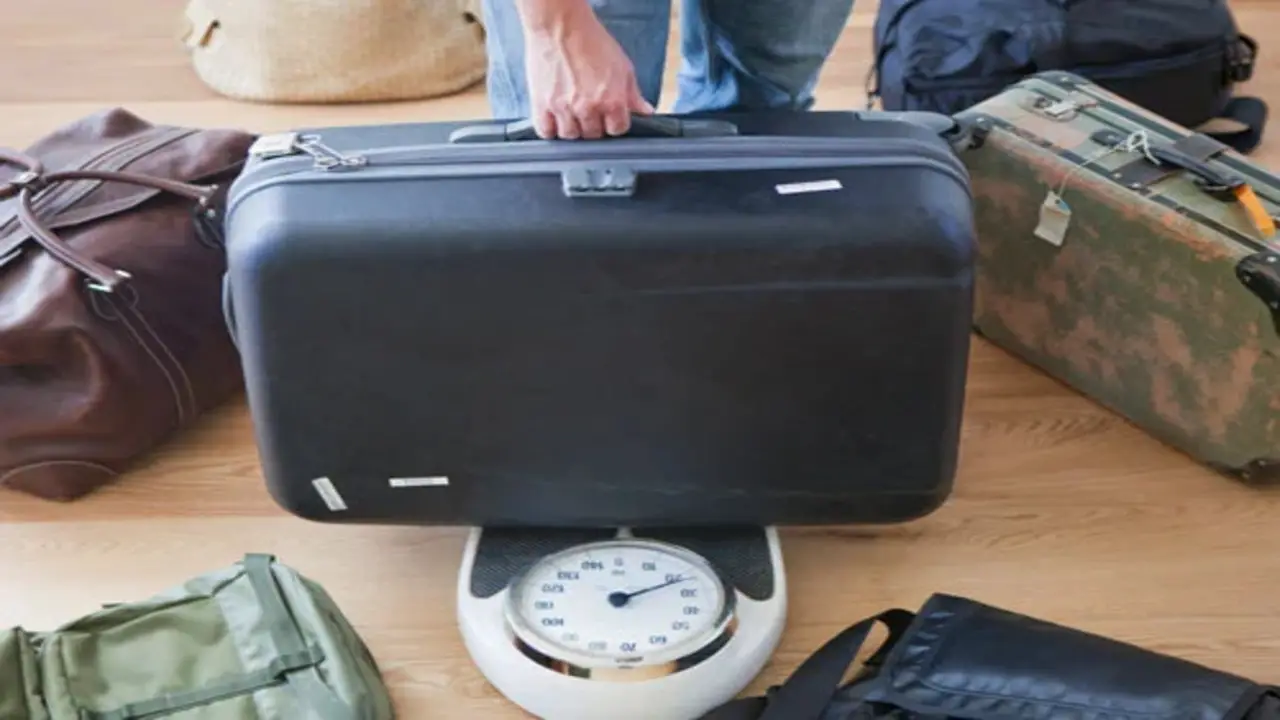
One of the most important things to remember when traveling by plane is the carry-on luggage weight limits. Most airlines have a specific weight limit for carry-on bags, which can vary depending on the airline and the destination.
Knowing the weight limit beforehand is essential to avoid any additional fees or inconveniences at the airport. If you are unsure about the weight limit, you can always check with the airline’s website or customer service.
It is also important to note that some airlines use different weight units, such as pounds or kilograms. If you are not used to a particular unit, you may need to convert the weight to ensure you are within the limit. There are many online conversion tools available that you can use to convert weight units quickly and easily.
4.Weigh Your Luggage

When it comes to traveling, one of the most important things to remember is the carry-on luggage weight limits. Airlines have strict guidelines regarding the weight of carry-on luggage; exceeding these limits can result in additional fees or even having to check your bag.
It is always a good idea to weigh your luggage before heading to the airport to avoid unwanted surprises. There are a variety of portable luggage scales on the market today that make it easy to weigh your bags from the comfort of your home.
Doing this allows you to adjust your packing if necessary and avoid any last-minute scrambling at the airport. It is also important to note that weight limits can vary depending on the airline and destination, so it’s always best to check the specific guidelines before packing your bags.
5.Consider Other Size Restrictions
Regarding air travel, knowing the carry-on luggage weight limits is essential. Airlines have various rules and restrictions regarding the weight and size of your carry-on baggage. Some airlines allow only 7 kg of carry-on, while others might permit slightly more.
Keeping your luggage weight within the set limits is crucial to avoid extra fees or being asked to check your bag. However, it’s not just the weight you need to consider. Many airlines also have size restrictions, limiting the dimensions of your carry-on to ensure it fits in the overhead bins.
It’s essential to check the airline’s website before packing your bags to avoid any surprises at the airport. It’s also worth considering other size restrictions, such as the length of your luggage.
How To Pack You Luggage Efficiently
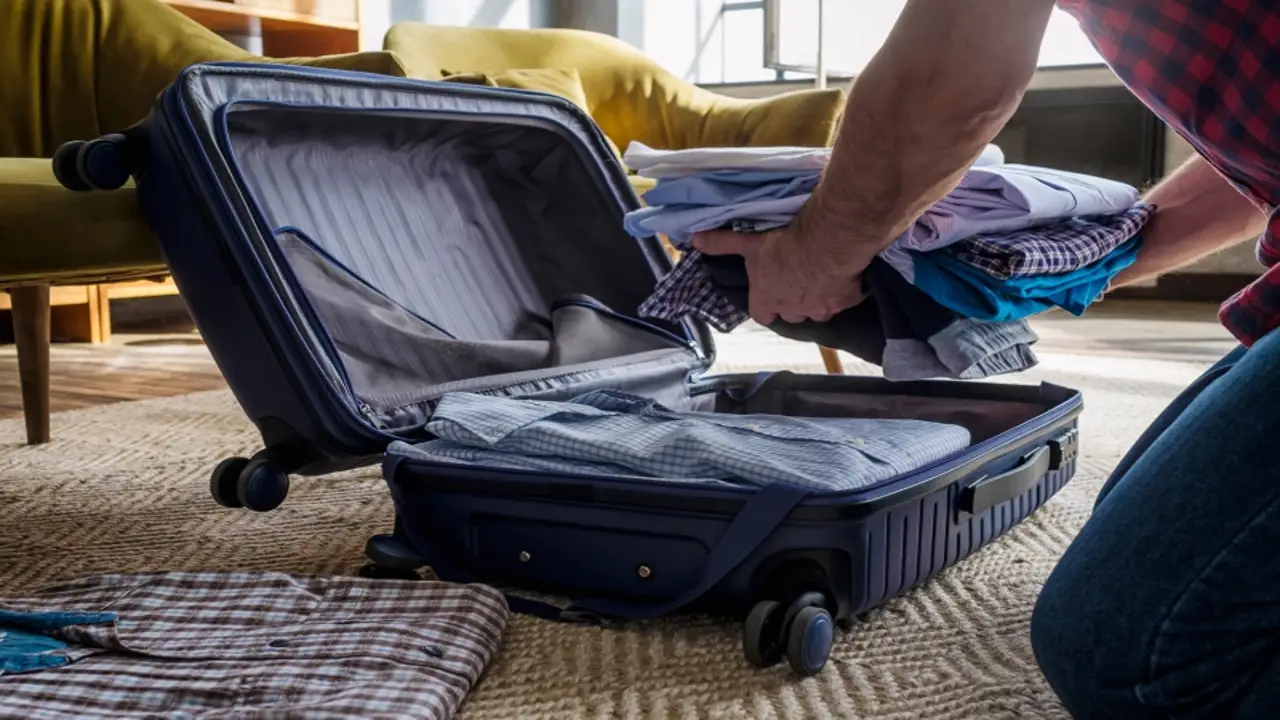
Regarding air travel, it’s important to be mindful of carry-on luggage weight limits. Airlines often have strict rules and regulations regarding the size and weight of bags allowed on board.
To avoid any issues, it’s important to pack efficiently. Start by selecting a bag that meets the size requirements of the airline you are traveling with, and then consider the weight of each item you plan to bring along.
Choose lightweight clothing and opt for versatile pieces that can be worn multiple times. Utilize packing cubes or compression bags to maximize space and keep items organized. Remember to leave some room for souvenirs or items you may purchase during your travels.
It’s also helpful to weigh your bag before heading to the airport to ensure it meets the requirements. By packing efficiently and keeping carry-on luggage weight limits in mind, you can avoid additional travel fees or inconveniences.
How To Avoid Additional Fees For Overweight Carry-On Luggage
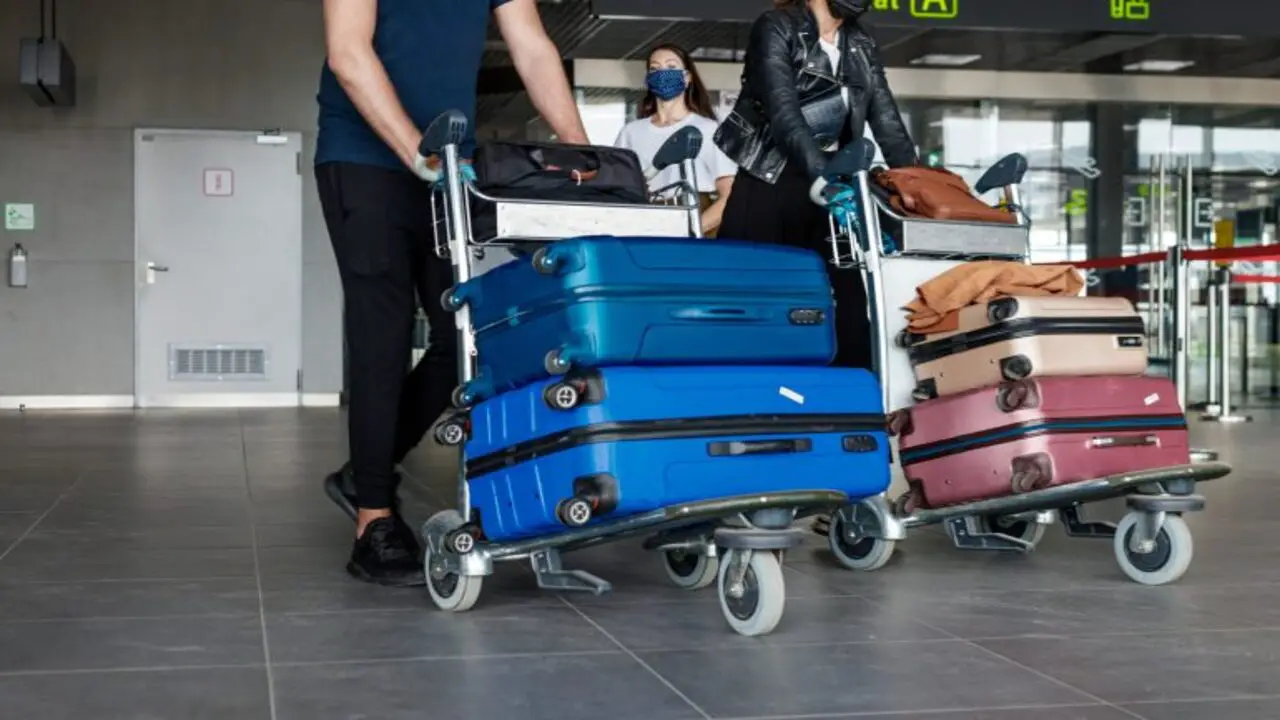
Carrying on luggage saves time and money, but additional fees for overweight bags are always looming. Fortunately, there are a few simple ways to avoid these fees and keep your travel budget in check.
Firstly, it’s important to weigh your bag before heading to the airport and ensuring it meets the airline’s weight restrictions. If your bag is borderline, consider packing less or wearing heavier items, such as a jacket or boots, while traveling.
Investing in a lightweight carry-on bag is another way to avoid additional fees. These bags are designed to be lightweight and are often made from materials such as nylon or polyester, making them easier to carry around. Additionally, be mindful of what you pack. Leave unnecessary items at home and use travel-sized toiletries to save space and weight.
Finally, consider joining a frequent flyer program. Airlines often offer perks and benefits to members, including waived baggage fees or increased weight allowances.
Conclusion
The bane of every over-packer’s existence. You know you should be packing light, but that cute sundress and those extra shoes just scream, “Bring me along!” So, before you head to the airport, make sure to double-check your airline’s weight limit policy.
Trust us; you don’t want to be that person frantically re-distributing items between your luggage in the middle of the terminal. But fear not, fellow travelers! There are ways to maximize your packing potential without exceeding weight limits.
Consider packing cubes or compression bags, saving space and organizing your luggage. And if you’re feeling truly daring, try packing only the essentials and challenging yourself to mix and match outfits for your trip. Remember, the lighter your load, the easier it is to navigate the airport and the more room you have for souvenirs. We hope now you know carry on luggage weight limits.
FAQs
What Is The Maximum Weight Limit For Carry-On Luggage On Most Airlines?
The maximum weight limit for carry-on luggage on most airlines is typically 7-10 kg (15-22 pounds). However, this can vary depending on the airline and the specific flight.
Are There Any Airlines That Allow Heavier Carry-On Luggage Than Others?
Different airlines have different weight limits and size restrictions for carry-on luggage. It is important to check with the specific airline before traveling to ensure that your carry-on luggage meets their requirements.
How Strictly Do Airlines Enforce Carry-On Luggage Weight Limits?
Airlines enforce carry-on luggage weight limits strictly, although the degree of enforcement may vary depending on the airline and the specific circumstances.
What Are Some Tips For Packing Efficiently To Stay Within The Carry-On Luggage Weight Limit?
Choose the right luggage: Look for a lightweight suitcase or backpack that meets the airline’s carry-on size requirements.
Wear your heaviest clothing: Wear your bulky clothes and shoes on the plane to save space in your luggage.
What Are The Consequences Of Exceeding The Carry-On Luggage Weight Limit, Such As Additional Fees Or Having To Check The Bag?
The consequences of exceeding the carry-on luggage weight limit can include additional fees, being asked to check the bag, or being required to remove items from the bag to meet the weight limit.

